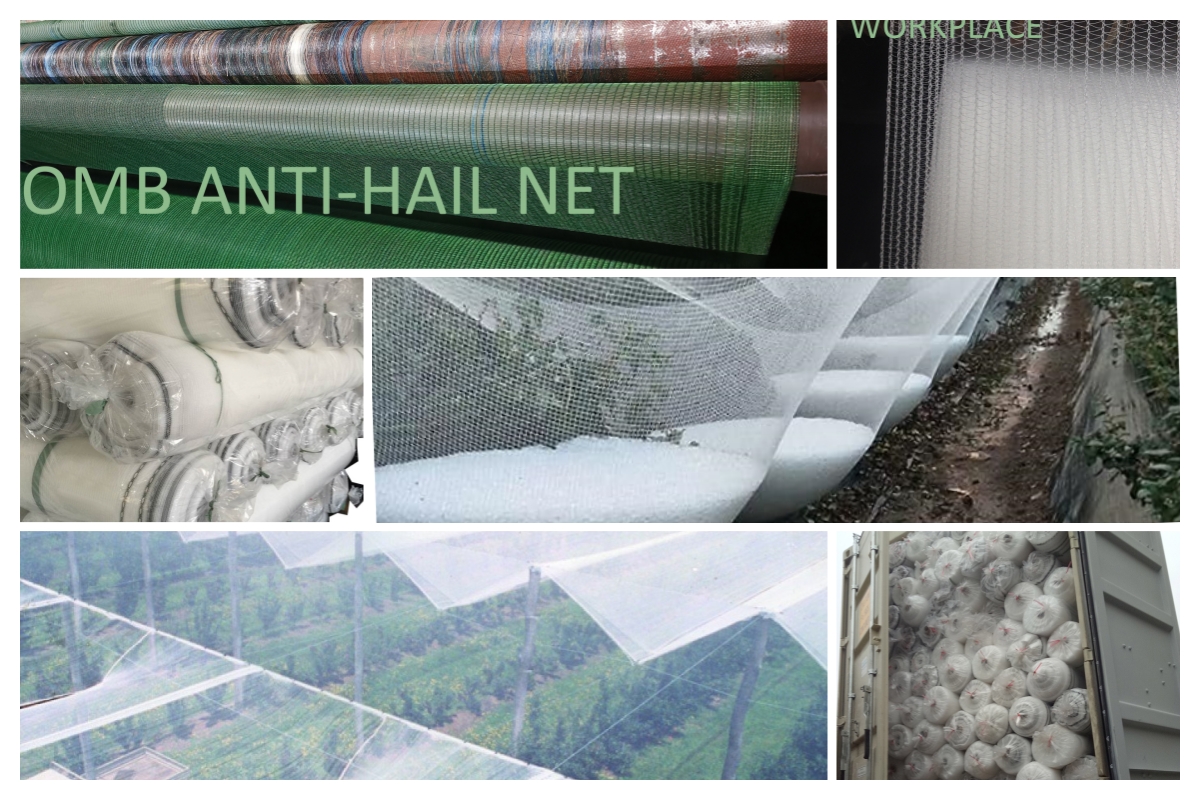
Anti-hail nets are protective coverings made of high-density polyethylene (HDPE) or other durable materials that are used in agriculture to shield crops from damage caused by hailstorms. These nets are typically suspended over fields or orchards, forming a barrier that intercepts and filters hailstones, minimizing their impact on crops.
The primary use of anti-hail nets is to protect crops, such as fruit trees, vineyards, and vegetable crops, from hail damage. Hailstorms can lead to severe economic losses by damaging crops, reducing yields, and even destroying entire harvests. By deploying anti-hail nets, farmers can mitigate hail-related risks, maintain crop quality, and ensure higher yields.
The use of anti-hail nets is prevalent in various countries, especially those with a significant agricultural sector and a high incidence of hailstorms. Here are a few countries that are known to utilize anti-hail nets:
1. Italy: Italy has a long-standing tradition of using anti-hail nets in its vineyards, particularly in regions like Piedmont, Veneto, and Tuscany, where grape cultivation is prominent.
2. Spain: In Spain, anti-hail nets are commonly deployed in fruit orchards, including apple and peach orchards, to safeguard crops against hail damage. Regions like Catalonia and Murcia are known for using these nets extensively.
3. Chile: In Chile, anti-hail nets are widely used in fruit-growing regions, such as the central valleys and the Maule region, to protect fruits like grapes, cherries, and berries from hailstones.
4.France: In certain regions of France, such as Provence-Alpes-Côte d'Azur and Nouvelle-Aquitaine, anti-hail nets are employed to shield vineyards from hailstorms, which could otherwise cause significant
The main benefits of anti-hail nets are:
1. Hail Protection: The primary purpose of these nets is to protect crops from damage caused by hailstones. Without protection, hail can ruin entire harvests and cause significant financial loss.
2. Reduced Sunlight: While primarily used for hail protection, these nets can also be useful in mitigating excessive sunlight. By providing shade, they can reduce the risk of sunburn on fruits and other crops, especially in regions with harsh sunlight.
3. Protection From Other Elements: Anti-hail nets can also provide some protection against other damaging elements like wind, birds, and insects, thereby reducing crop loss.
4. Improved Crop Quality: As a result of the protection they provide, crops grown under the nets generally have an extended growing season, improved quality and increased production.
5. Insurance Premium Reduction: In some regions, the use of anti-hail nets can lead to reduced crop insurance premiums, as the risk of hail damage is significantly decreased.


 英语
英语 西班牙语
西班牙语













